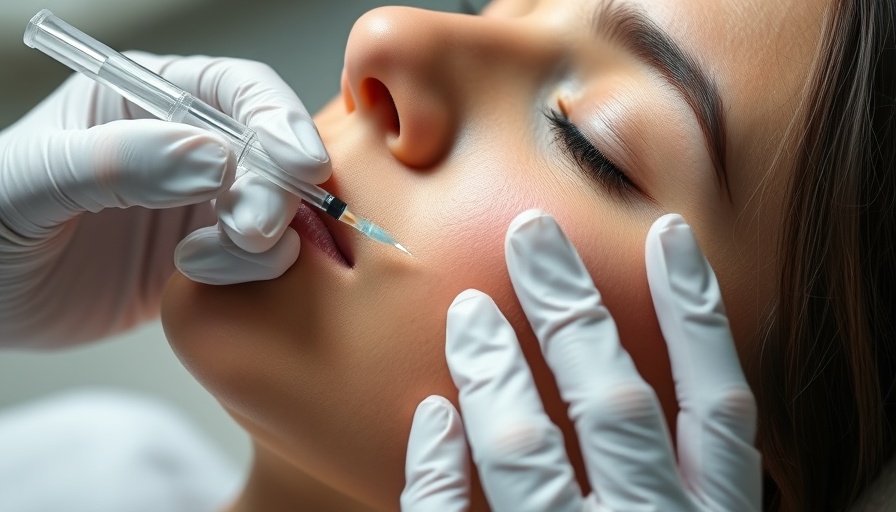
Understanding the Risks of Hair Transplants
If you’re considering a hair transplant, you might have some concerns about the safety of the procedure. One of the most common questions people ask is whether hair transplants are dangerous. While many patients have successful outcomes, it’s essential to be informed about the potential risks involved, particularly the issue of lidocaine toxicity.
In 'Is A Hair Transplant Dangerous?', the video explores the risks associated with lidocaine use in hair transplant surgery, prompting us to analyze these dangers in detail.
The Role of Lidocaine in Hair Transplants
Lidocaine is a local anesthetic that helps keep patients comfortable during the hair transplant process. It’s mixed with epinephrine to reduce bleeding and ensure a smoother procedure. However, using too much lidocaine can lead to serious complications, making it crucial for medical teams to stay within safe limits.
What is Lidocaine Toxicity?
Lidocaine toxicity occurs when the amount of lidocaine in the body surpasses its safe threshold. This can result in harmful effects on the nervous system and cardiovascular system. Symptoms of toxicity might include dizziness, drowsiness, difficulty breathing, or even fatal complications if not addressed promptly. Being aware of these risks helps patients understand the importance of selecting a qualified and attentive medical team.
How to Ensure a Safe Experience
The most important step you can take is to do your homework before deciding on a clinic. Look for facilities with certified and experienced practitioners. Make sure they monitor lidocaine levels closely during the procedure and can recognize the signs of toxicity. A well-prepared medical team will know how to act swiftly and efficiently, should complications arise.
Patient Empowerment: Your Questions Matter
You have every right to ask your doctor questions about potential risks, including lidocaine toxicity. An open dialogue about your concerns shows that you’re taking your safety seriously. Here are a few questions you can consider asking:
- How do you ensure safe lidocaine administration during the procedure?
- What protocols do you have in place for managing any adverse effects?
- Can I see testimonials or meet previous patients to hear about their experiences?
Embracing Change with Confidence
Ultimately, a hair transplant can transform not just your appearance but also your confidence. By understanding the risks—like lidocaine toxicity—and taking proactive steps to ensure your safety, you can feel empowered on your journey. Remember, the right questions can pave the way for a successful procedure and recovery.
If you find yourself still questioning the safety of hair transplants, don't hesitate to seek out expert insights or speak with someone who has undergone the process themselves. Together, we can navigate these waters, turning your hopes into reality.
 Add Row
Add Row  Add
Add 

 Add Row
Add Row  Add Element
Add Element 




Write A Comment